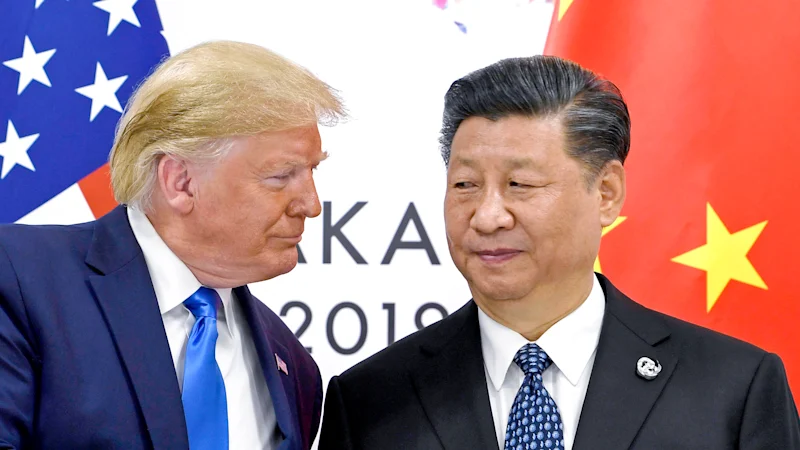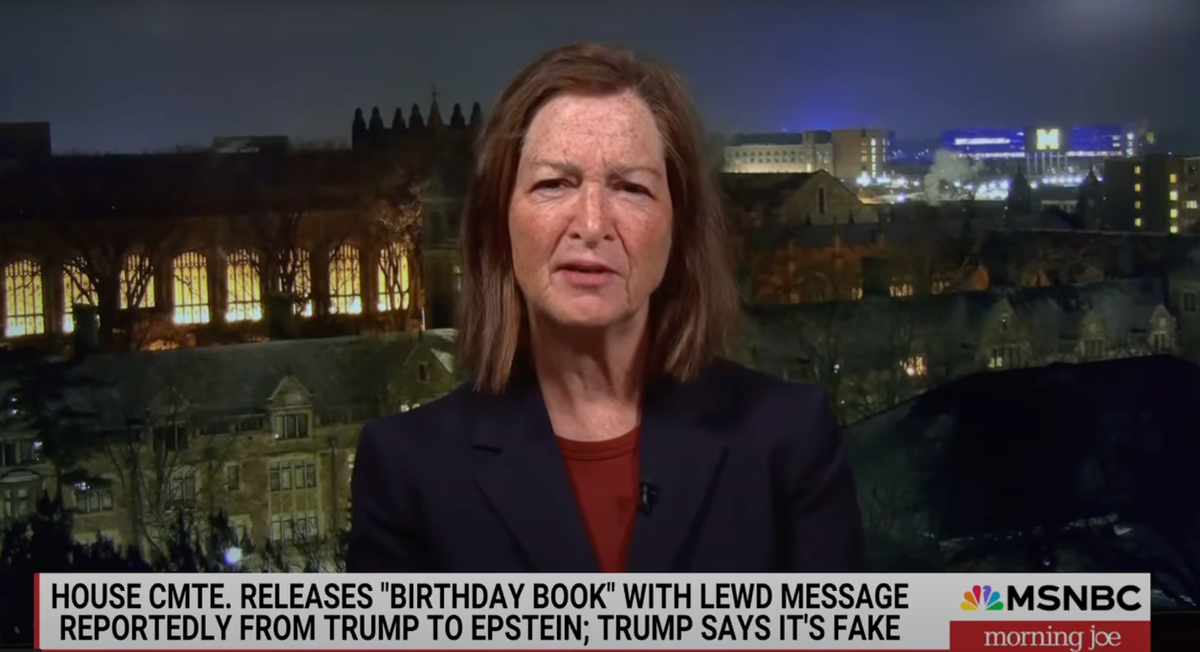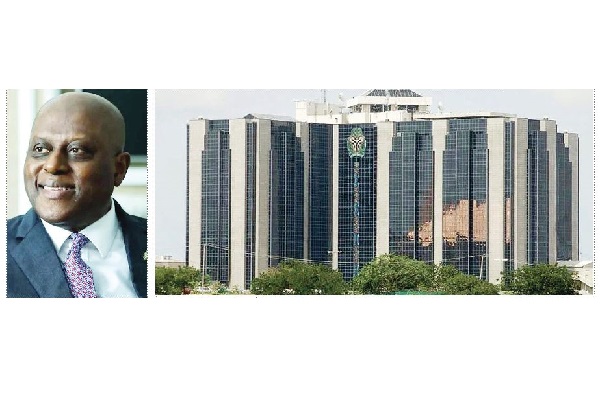By Stephen Bartholomeusz
Copyright theage

With the US now exhorting Europe to punish China for buying oil from Russia by imposing 50 to 100 per cent tariffs, Mexico planning a 50 per cent tariff on imports of Chinese vehicles and other developing economies looking at similar measures to protect their industrial bases from a flood of Chinese exports diverted from the US, China’s export-driven economic strategy is under increasing pressure.
Without another, larger, bout of stimulus – which Xi Jinping has steadfastly refused to contemplate – China’s ability to achieve its growth target for this year of “around 5 per cent” is under threat, particularly as the base for the December quarter was inflated by last year’s interest rate cuts and subsidies for trade-ins of household goods and vehicles, the impact of which has waned over the course of this year.
Beijing has offered a 1 per cent interest rate subsidy for small consumer loans this month, but that is unlikely to have a material impact on consumption, which is still weak. Retail sales growth slowed from 3.7 per cent in July to 3.4 per cent in August.
The combination of the prolonged slump in the property market over the past four years, the excess capacity in key areas of its industrial base and the pressure on export growth is showing up in slowing industrial production and near-flatlining fixed asset investment.



